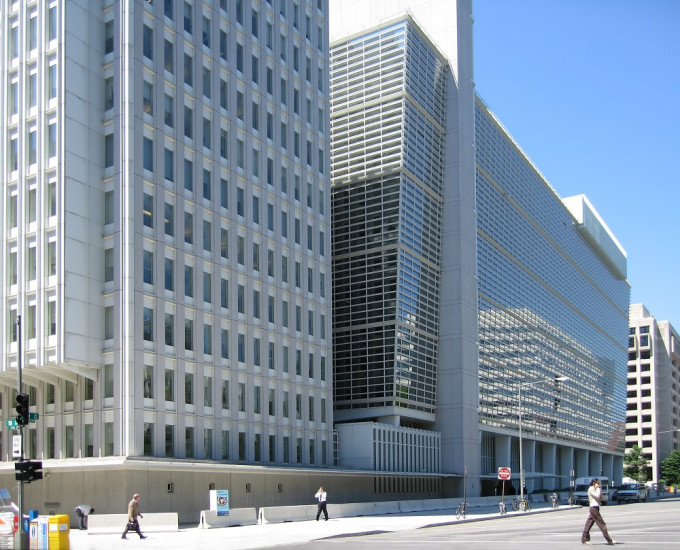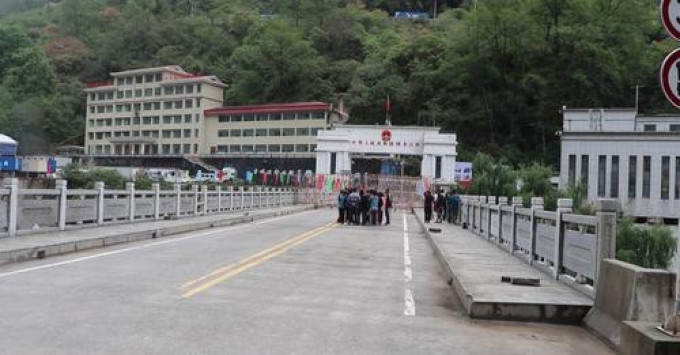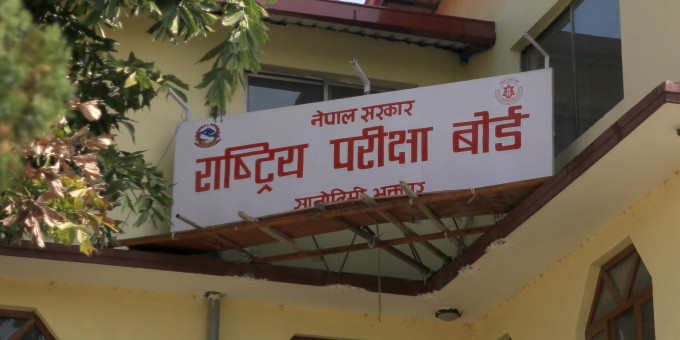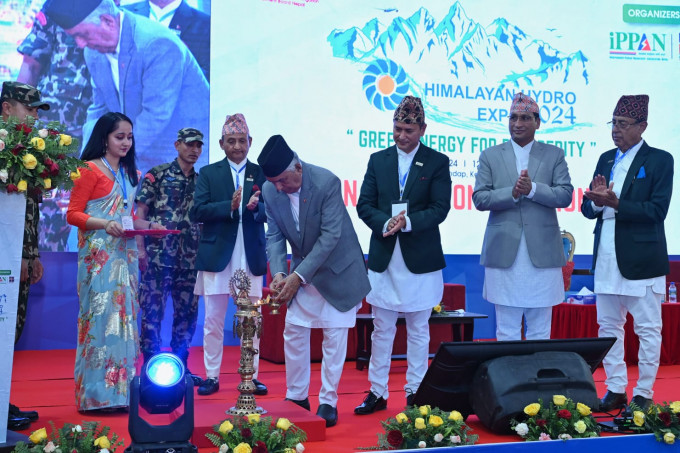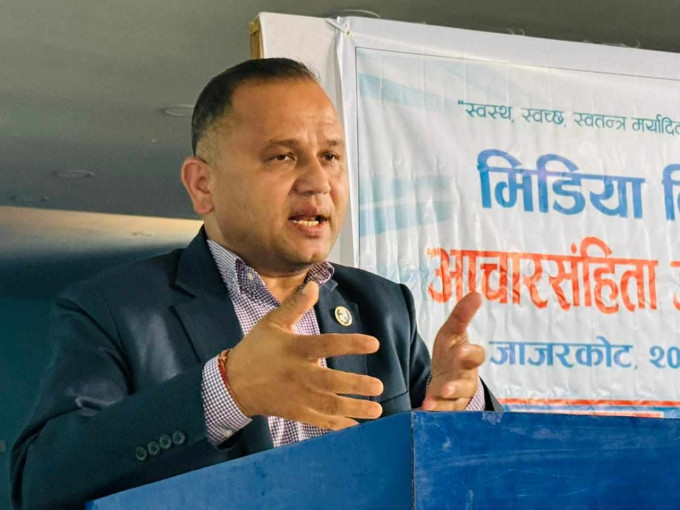Amid nationwide protest, French President Emmanuel Macron has recently increased the official retirement age by two years- from 62 to 64. He clarified his move that it would not scrap French pension system in the wake of the projection that country would be short of 10 billion Euro less for the annual average spending for the pension required from 2022 to 2023.
The industrial countries are adopting measures as increasing retirement age, changing pension scheme and slashing incentives in order to sustain the social security and pension systems.
Growing average age and declining birth rate have caused the disparity between the income makers and dependent ones across the world. This changing trend in population has further resulted into host of challenges to continue social security practices. It is not sure whether Macron's move would face challenges before his political future or not; but, this incident signals that he took the continuation of pension as a significant challenge for now. This incident can be a relevant reference in Nepal, for we are also facing difficulty to survive our entire social security schemes.
In the fiscal year 2078/79 in Nepal, nearly 14.38 percent of budget spending, which amounts to 3.88 percent of GDP, was the spending made on monthly social security allowance, including pension, health care and senior citizens allowance, among others. If the incentives for people with disabilities, health insurance and medicinal financing for poor citizens are added, it reaches 4.42 percent of GDP. It is a huge expense indeed. Still, it does not include Employees' Provident Fund, Pension Fund and insurance. Although Nepal government spends huge amount in social security, large amount of population is still out of this scheme. The labour related law is not fully enforced in private sector.
Four years back, the social security scheme based on contribution was launched in a way it would be helpful in sustainable social security scheme. So far, less than 20,000 employers and 350 thousand employees (contributors) have come under the social security fund established for it. Similarly, there are 550 thousand savers in Employee Provident Fund. The number of those associated with approved retirement fund is not ascertained.
In Nepal, huge number- 62.20 percent of active workforce, engaged in informal sector, self-employment and foreign employment, is out of institutional system of social security. If all those out of social security scheme are included in it in coming five years, hefty amount of budget needs to be spent from State coffers until 35 years. It is not that easy to ensure saving for this spending. The social security spending is gradually burdening the State coffers.
The trend of social security spending of last eight years since fiscal year 2071/72 shows that the social security allowance entitled to the people including senior citizens has increased seven fold, which is upped by 34.73 percent annually. In the same period, the pension of civil servants and teachers has upped by 2.5 percent, which records the annual increase of 14.30 percent. The health insurance programme has so far covered around 6.4 million people- 22 percent of the population. The statistics on real-time spending on health insurance from the fiscal year 2074/75 to 2078/79 grew by average 68.24 percent. Once this trend matures, this expense will rise evidently.
Time has come to focus on increased revenue, employment creation, and strengthening of fund capable to manage expense and advancement of planned implementation of social security schemes. These sectors are impacted again by population structure, change in labour market trend, national economic growth, development standard, people below poverty line, atmosphere for entrepreneurship, labour production etc. Therefore, the developed countries are practicing the actuarial analyses of sustainability of social security scheme and forwarding reform accordingly.
Nepal is witnessing gradual change in population. Life expectancy is growing and birth rate declining. It is worth-noting that 0-14 age group is likely to decline and aging ratio growing. The 0-14 age group standing at 28.81 percent is estimated to down at 16.04 in coming 30 years, while aging population standing at 4.23 percent is to rise to 8.93 percent. Although retirement age is increasing along with increased life expectancy and development in health services, it seems compulsory for the State to increase spending for senior citizens. There is no 'actuary analyses' of funds and programmes on social security. Such analyses and corresponding plan are essential for establishing a durable system.
Not only population but also the employment trend is changing in Nepal. The traditional notion of 'agricultural country' is likely to see change in employment. According to a study conducted by the Ministry of Education, Science and Technology, the employment generation by the agriculture sector will decrease by average 1.59 percent annually while industry and service sector will increase it by 3.51 percent and 4.15 percent annually in average till 25 years. It suggests that service sector will exceed agriculture sector in job creation in a decade, while industry will exceed it in 25 years. From the view point of social security, changing trend in population warrants sustainable social security system, while changing trend in employment is creating opportunity for expanding ambit of contribution-based social security scheme.
The contribution-based social security fund is responsible for providing money and incentives as per plan in future. The countries with robust system make periodic actuary analyses on whether the amount collected in such fund would be sufficient to provide money and services to the contributors in future and strengthen the fund on social security accordingly. Compared to other developed countries, France has meagre pension fund- 12.10 percent of GDP. Such fund in the US is 174.10 percent of GDP, while Denmark has 233.20 percent, Iceland has 218.60 percent, Netherlands has 213.30 percent and Switzerland has 170.90 percent. It suggests that contribution-based social security fund is logical one for sustainable social security.
The developed countries have the pension funds which are contribution-based social security schemes. Although there are other social security schemes, the contribution-based ones are the largest one. But, the contribution-based social security scheme is meagre in Nepal. Time has come to think of making various social security programmes running under different ministries in Nepal sustainable. The State coffers is depleting for inflating programmes every year. Once the duplication is wiped out in such programmes, it helps reduce spending. Irrespective of the scattered programmes, we have digital system and records of all these schemes. These information can be integrated to know how and what amount an individual or his/her family has got as entitlements. It helps to prepare an integrated social security plan for future, thereby contributing to expand contribution-based social security scheme. Development of an integrated social information system based on family contribution is effective alternative to this regard.
In order to make social security sustainable, the contribution-based social security scheme should gradually incorporate both part-time and full time job holders. From the very beginning, it is a global practice that working class people are included in the contribution-based social security fund, thereby strengthening retirement fund and health insurance system. It is high time Nepal institutionalized contribution-based fund by integrating scattered funds. Once the health insurance programme is run through Health Insurance Board, the health insurance is institutionalized and duplication removed. With the effective implementation of this concept, the number of those receiving State entitlements can be reduced not increased in coming three to four decades. It ultimately builds foundation for sustainable social security system.
Writer is Director General at Department of Information and Broadcasting. This is a translated version of the Nepali copy dispatched earlier in RSS bulletin. Translated by Narayan Prasad Ghimire)
---
READ ALSO:


